Enabling ADMIN$ Share Access on the Guest Operating Systems
If the ADMIN$ share is not available on any virtual guest, create the share using the procedure detailed below:
- Open the Windows Explorer on the virtual machine, browse for the corresponding Windows directory in the C drive, right-click on it, and select the Sharing option from the shortcut menu.
-
If the admin$ share does not pre-exist on the Windows guest, then Figure 1 appears indicating the same.
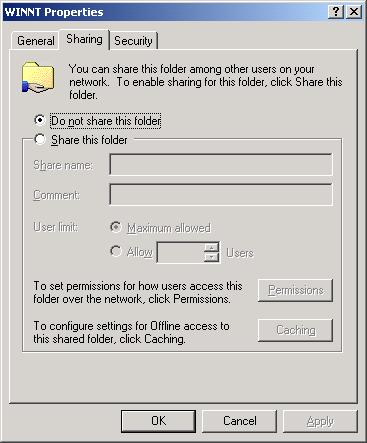
Figure 1 : The ADMIN$ share does not exist
On the other hand, if the admin$ share pre-exists, Figure 2 appears. In such a case, first, remove the admin$ share by selecting the Do not share this folder option from Figure 2 and clicking the Apply and ok buttons. After this, you will have to repeat step 1 of this procedure to open Figure 1. Then, proceed as indicated by step 3 onwards.
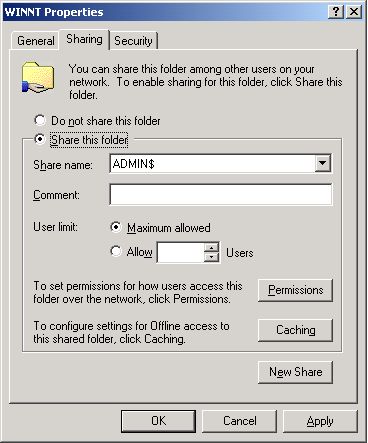
-
To create (or re-create) the admin$ share, select the Share this folder option from Figure 1, and provide admin$ share against the Share name text box (see Figure 3).
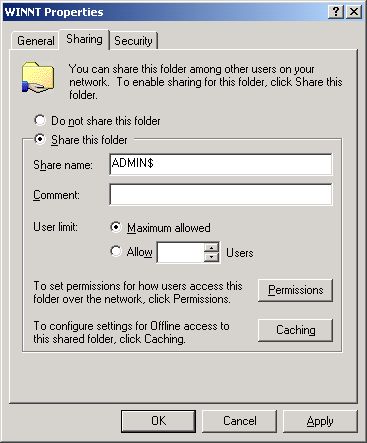
- Next, to enable the eG agent to communicate effectively with the Windows guest, you need to ensure that the permission to access the admin$ share is granted to an administrative user (local/domain); also, the credentials of this user should be passed while configuring the eG monitoring capabilities - i.e., while configuring the VMware tests. To grant the access permissions, click on the Permissions button in Figure 3.
-
By default, the admin$ share can be accessed by Everyone (see Figure 4). To grant access rights to a specific administrative (local/domain) user, select the Add button in Figure 4. When Figure 5 appears, select the domain to search from the Look in list. The valid user accounts configured on the chosen domain then appear in the box below. From this box, choose the administrator's account and click on the Add button to add the chosen user account to the box below the Add button.
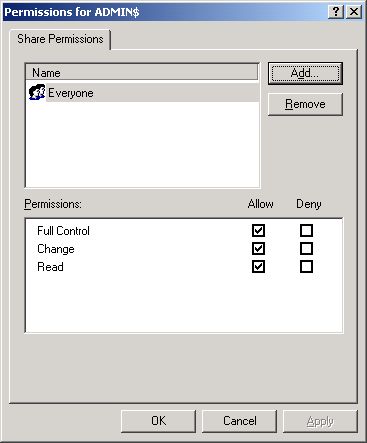
Figure 4 : Clicking the Add button
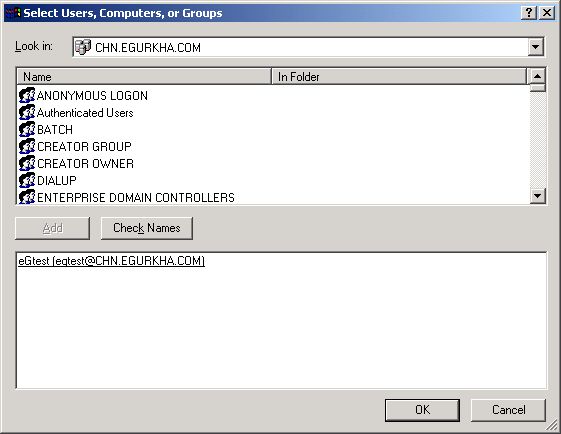
Figure 5 : Selecting the administrative user to whom access rights are to be granted
-
Finally, click the ok button. You will then return to Figure 4, where the newly added administrator account will appear (see Figure 6).
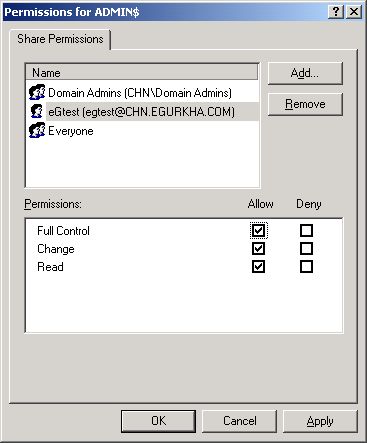
Figure 6 : The administrator account granted access permissions
- Select the newly added administrator account from Figure 6, and then, using the Permissions section, grant the administrator Full Control, Change, and Read permissions.
- Finally, click the Apply and ok buttons in Figure 6 to register the changes.
-
Once you return to Figure 3, click on the Security tab (see Figure 7) to define the security settings for the admin$ share.
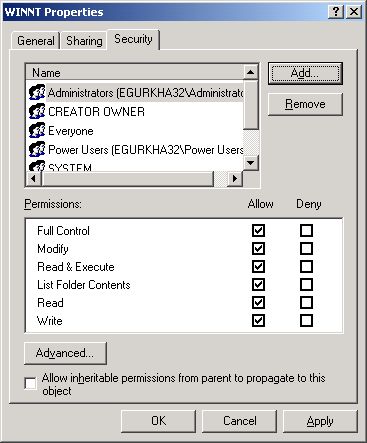
Figure 7 : Defining the Security settings for the ADMIN$ share
-
Here again, you need to add the same administrator account, which was granted access permissions earlier. To do so, click the Add button in Figure 7, pick a domain from the Look in list of Figure 8, select the said administrator account from the domain users list below, and click the Add button (in Figure 8) to add the chosen account. Then, click the ok button in Figure 8.
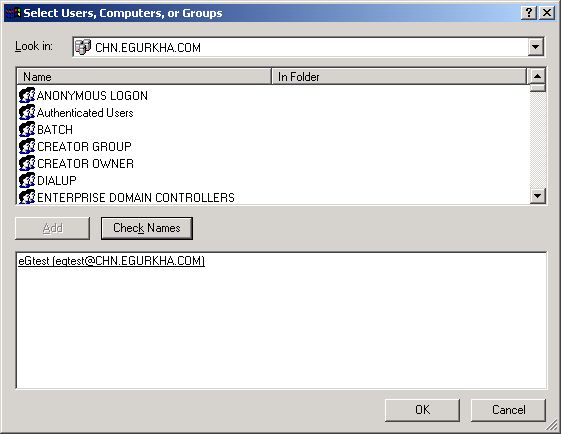
-
This will bring you back to Figure 7, but this time, the newly added domain administrator account will be listed therein as indicated by Figure 9.
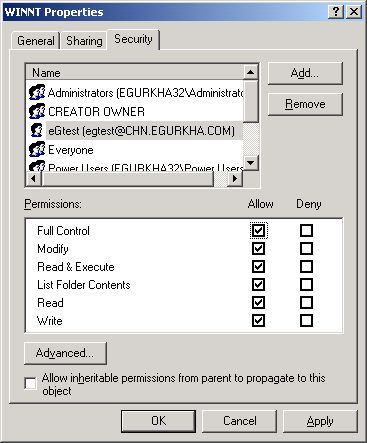
- Finally, click the Apply and ok buttons in Figure 9.
